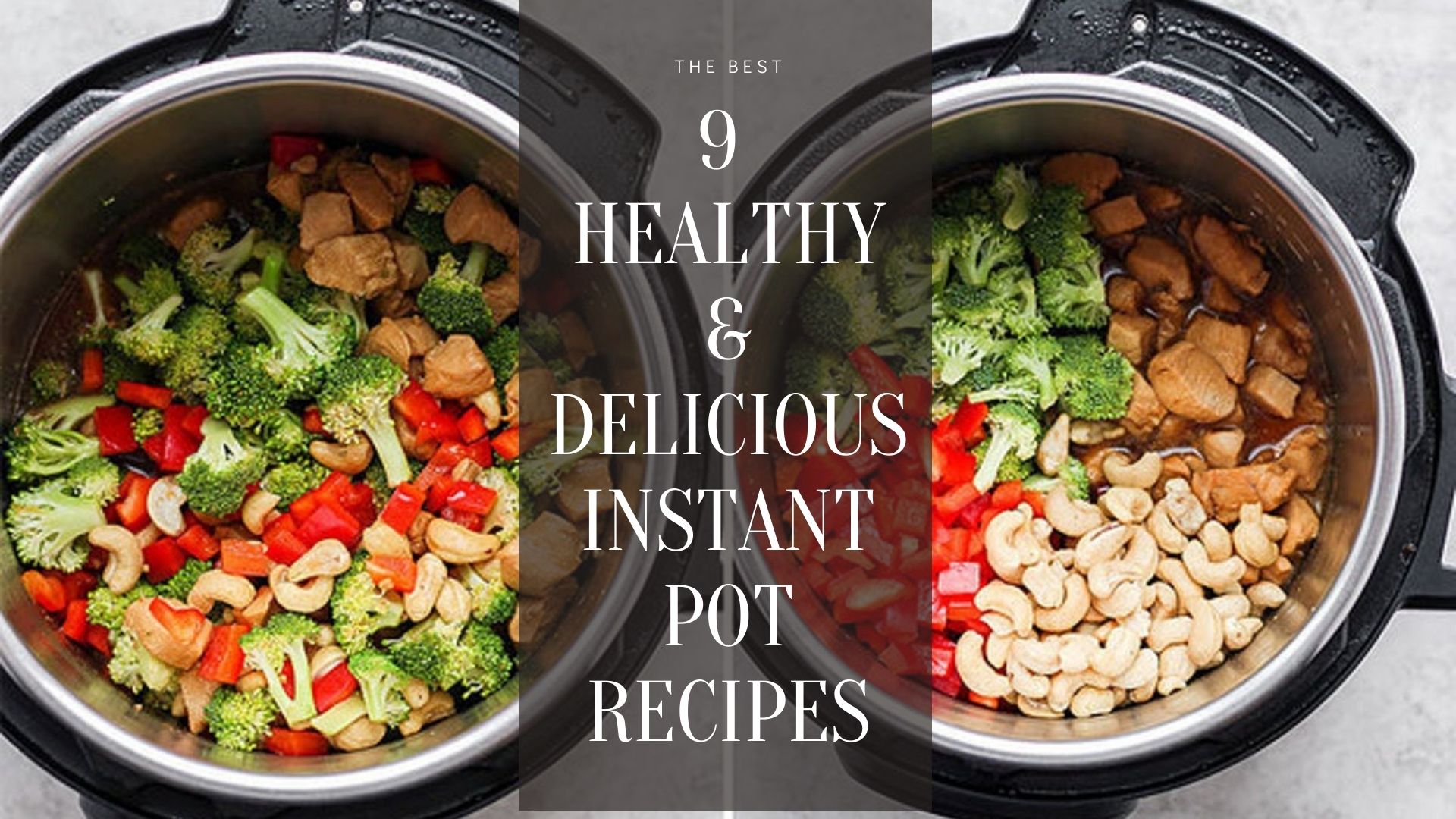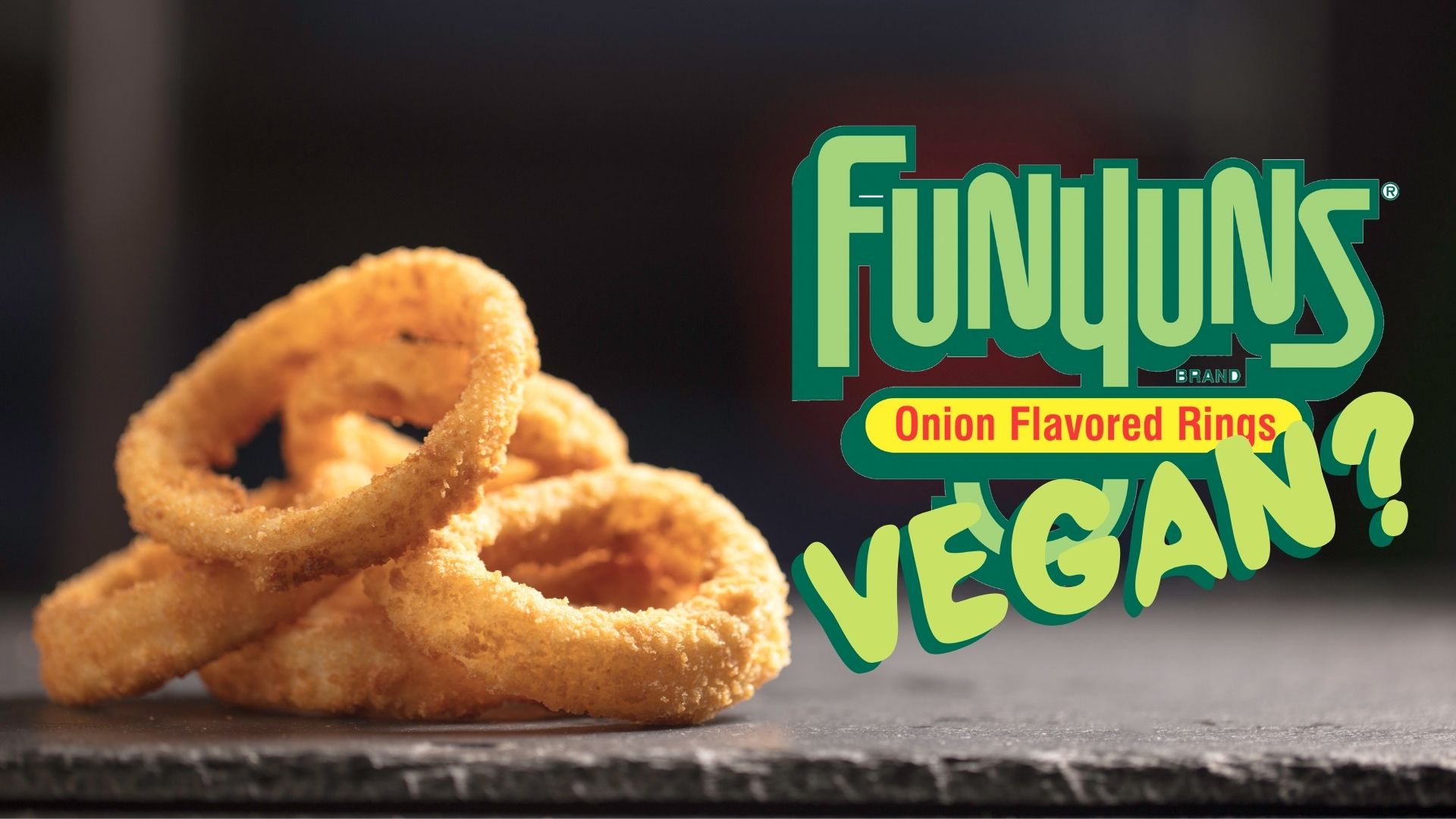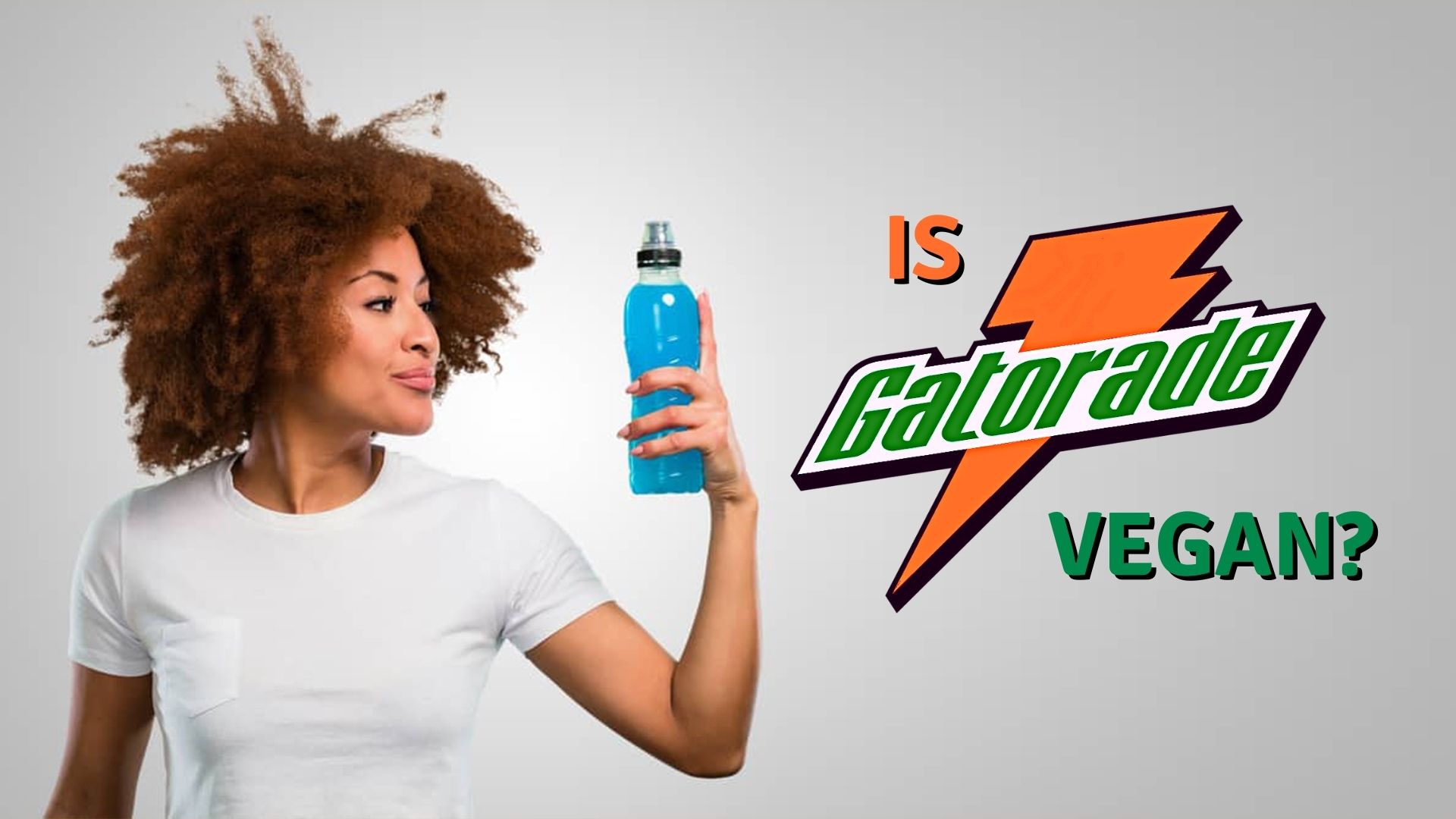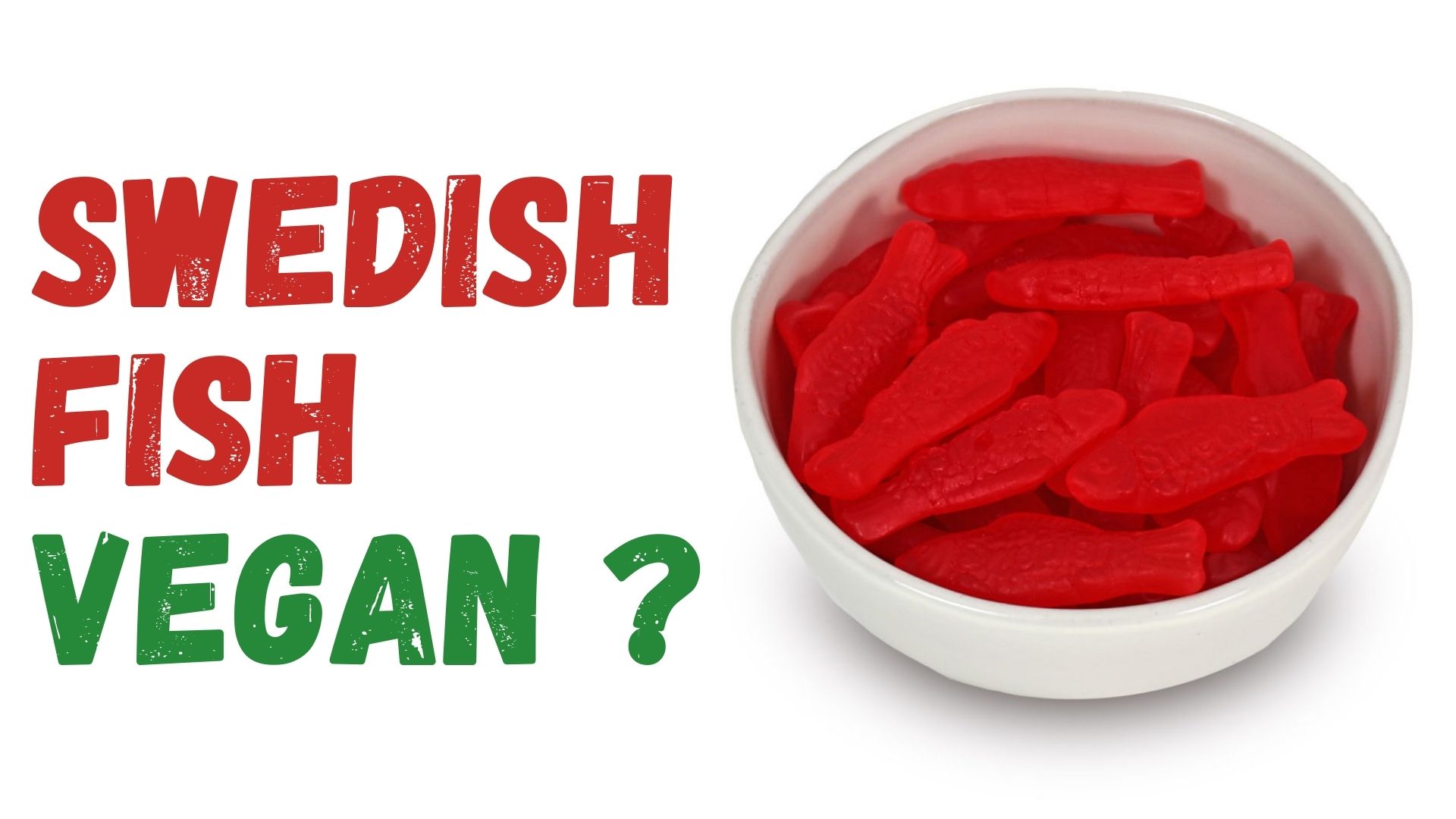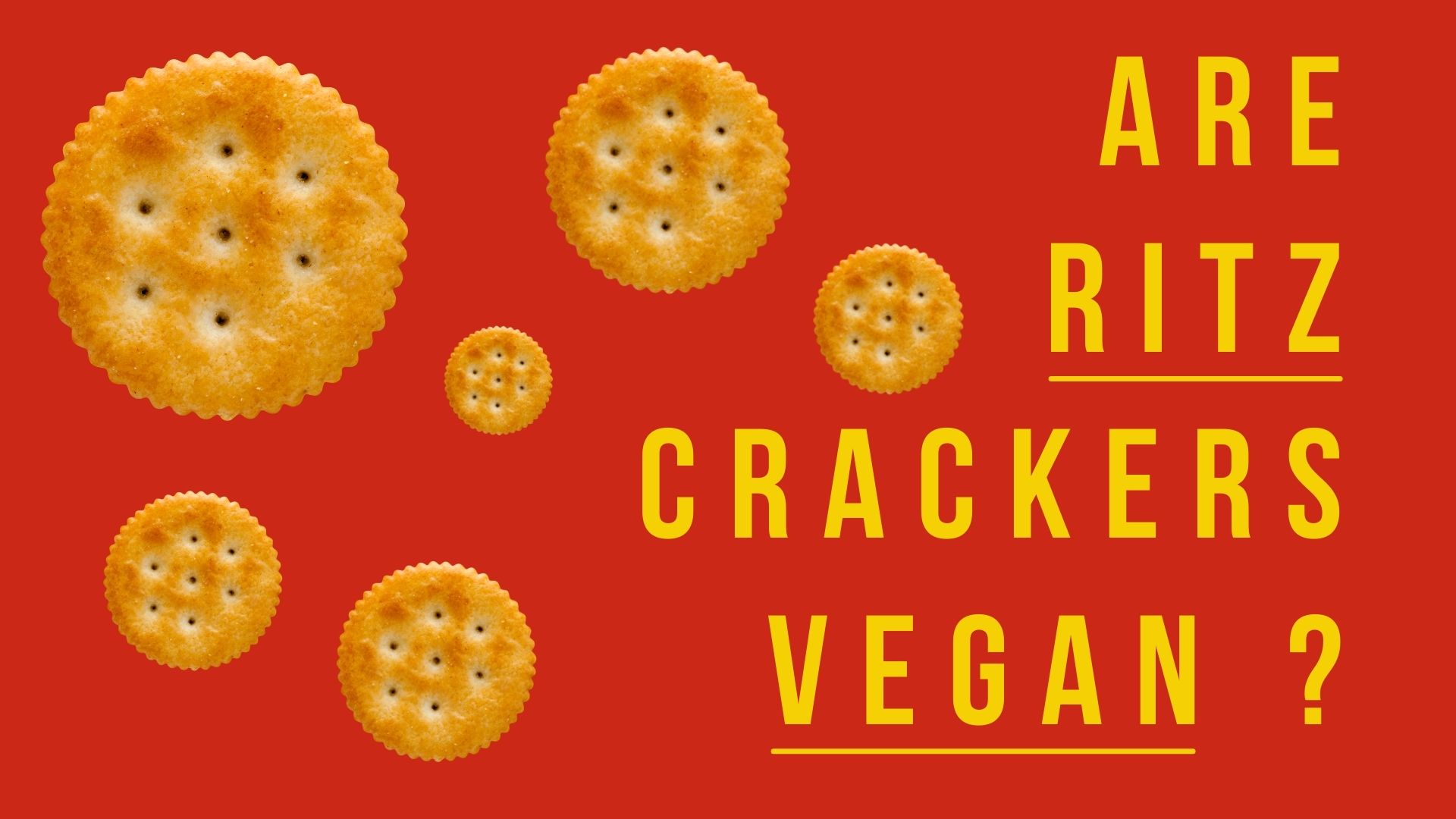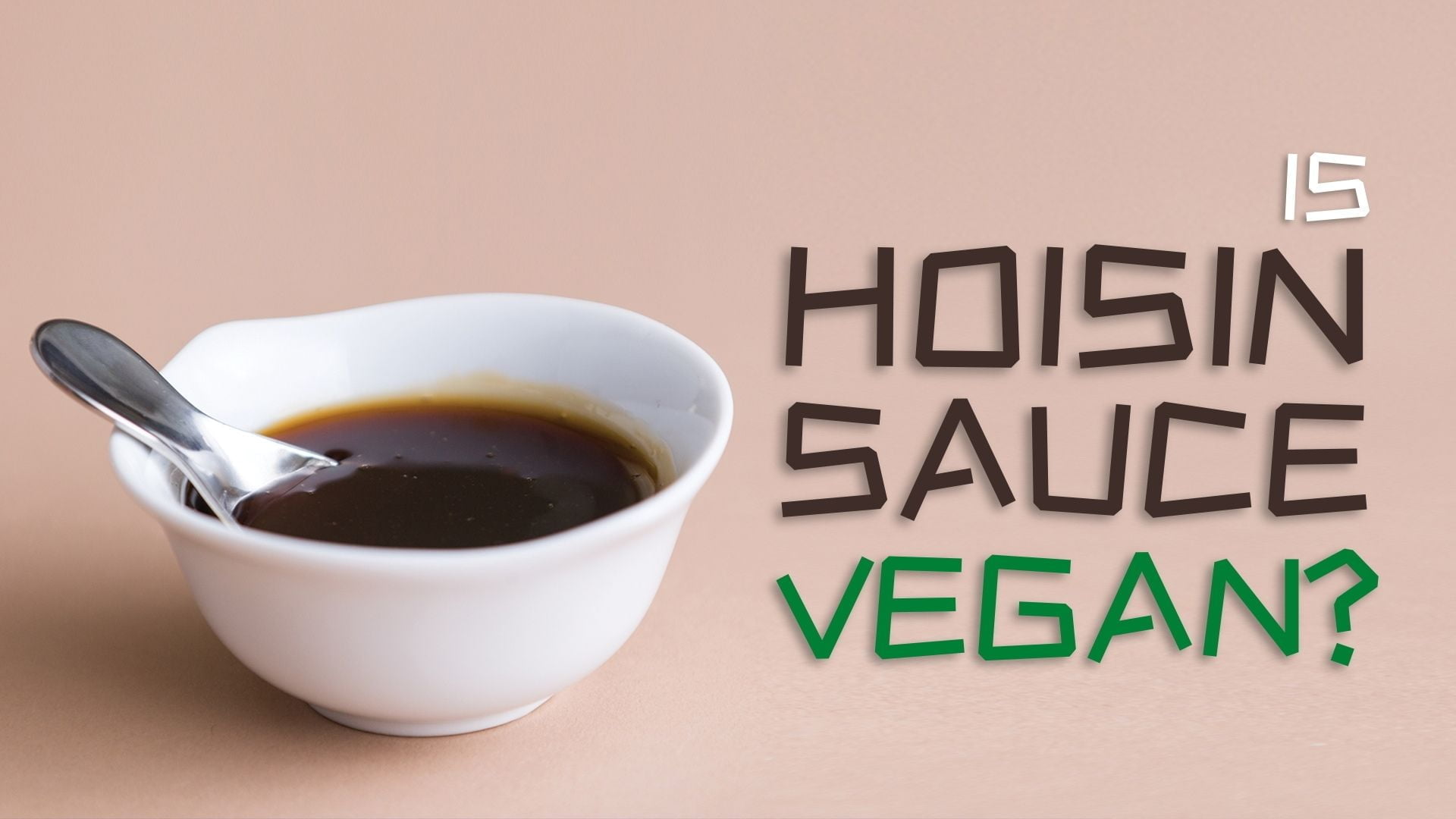
Is Hoisin Sauce Vegan? Surprising Truth Revealed!
Most hoisin sauces are vegan, but fish sauces are not vegan.
Here are some things to look out for when purchasing hoisin sauce.
What Is Hoisin Sauce?
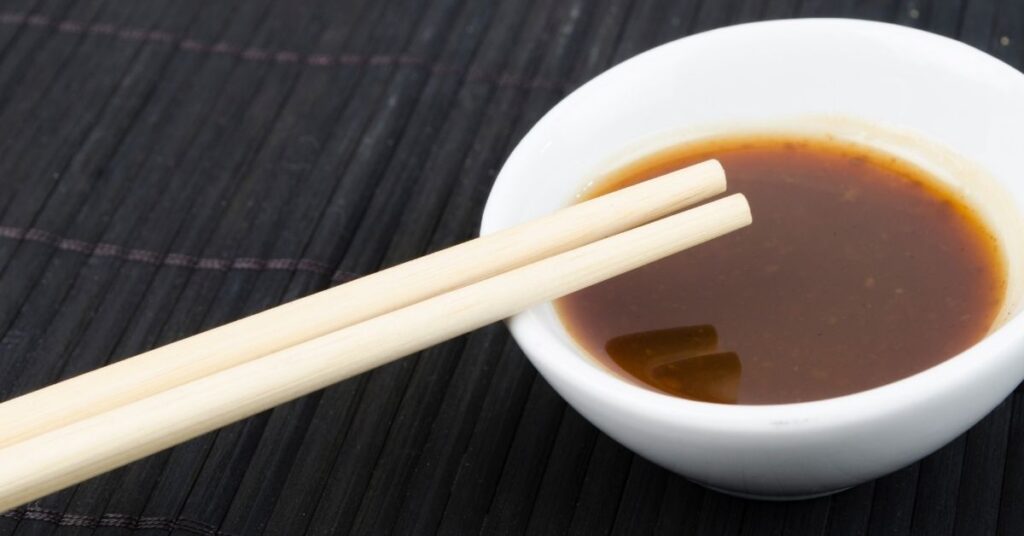
It is a popular sauce from southern China and is widely used in Cantonese cuisine.
It can be purchased in Asian grocery shops or ordered online if located in the USA.
Wikipedia states that Hoisin (Hai Xian ) is the Chinese term for “seafood.”
However, the sauce doesn’t contain seafood ingredients, so it’s vegan.
It is called “hoisin” because it contains no seafood ingredients.
It was used often as an accompaniment for seafood dishes.
Oyster sauce is another popular Chinese condiment. It’s made from oysters.
Is Hoisin Sauce Vegan?

Yes!
Hoisin sauce almost always contains vegan ingredients.
Although you can’t know exactly what sauce is used in restaurants, 99.9% of hoisin sauces you buy won’t contain animal products.
Hoisin Sauce Ingredients
Hoisin sauce is usually made from soybeans and a variety of spices.
These could include:
- Chili – Always plant-based
- Salt – Always vegan.
- Garlic – Always Vegan
- Vinegar – Always vegan.
- Xanthan gum – Made from fermenting glucose (sugars), it is vegan-friendly.
- Artificial colors (sometimes). It- Controversial for some vegans. More details are below.
- Caramel color- Created by heating some type of simple sugar ( caramel color is usually vegan).
I have yet to find a hoisin sauce that contains a clear animal product, but please let me know if it has.
You may notice that hoisin sauces can be labeled “vegetarian,”, especially in Asian countries.
It is because garlic and onions are not suitable for vegetarian Buddhists.
It doesn’t matter what it is; you can still get both types of garlic and onion as vegans.
Artificial Colors In Hoisin Sauces
The only potential issue is that some hoisin sauces may contain artificial colors such as Red #40, Yellow #5, and so on.
Many vegans avoid artificial colors due to the animal testing that surrounds them.
If you want to avoid them, keep an eye on the ingredients label.
Caramel Color
Caramel color can be made vegan but is not guaranteed.
If you don’t want to use them, please contact the manufacturer or customer support about their sourcing and testing.
What To Use If You Don’t Have Hoisin Sauce?
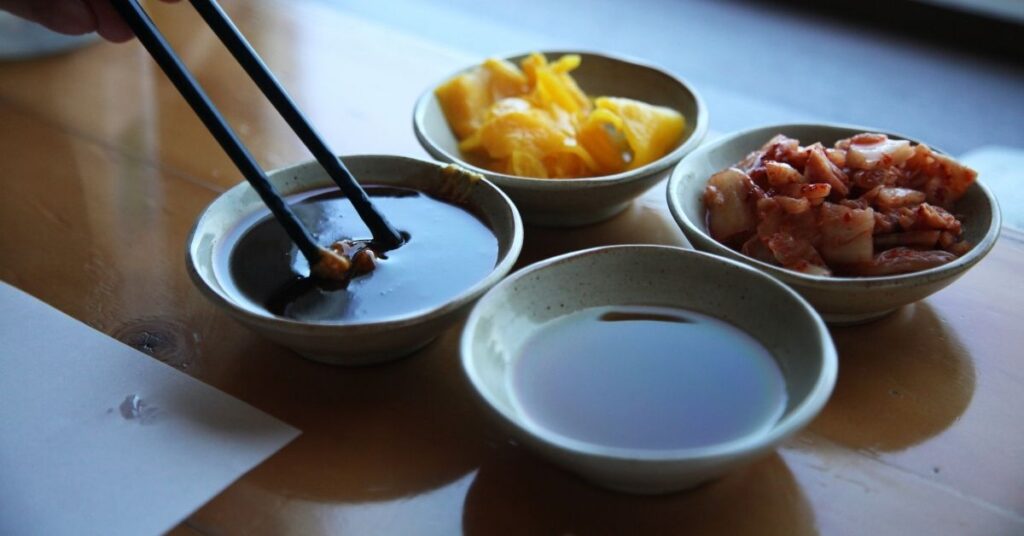
There are several alternatives to hoisin sauce if you don’t have it or make a particular dish with it.
- Garlic with mustard paste and miso paste.
- Molasses and Sriracha sauce.
- Ginger and plum jam.
- Bean paste and brown sugar.
- Garlic and prunes.
These are basically combinations with a sweet and salty flavor, which is how hoisin sauce tastes.
However, not all combinations will give the same consistency.
Does Hoisin Sauce Contain Gluten?

Most hoisin sauces are made with wheat and, therefore, not suitable for gluten allergy patients.
Even though sauces may not contain wheat, some sauces may have contacted wheat-containing products.
Always check the label for any allergy warnings.
Wok Mei is a brand we have listed in this article.
It does not contain wheat and is gluten-free.
Hoisin Sauce Brands
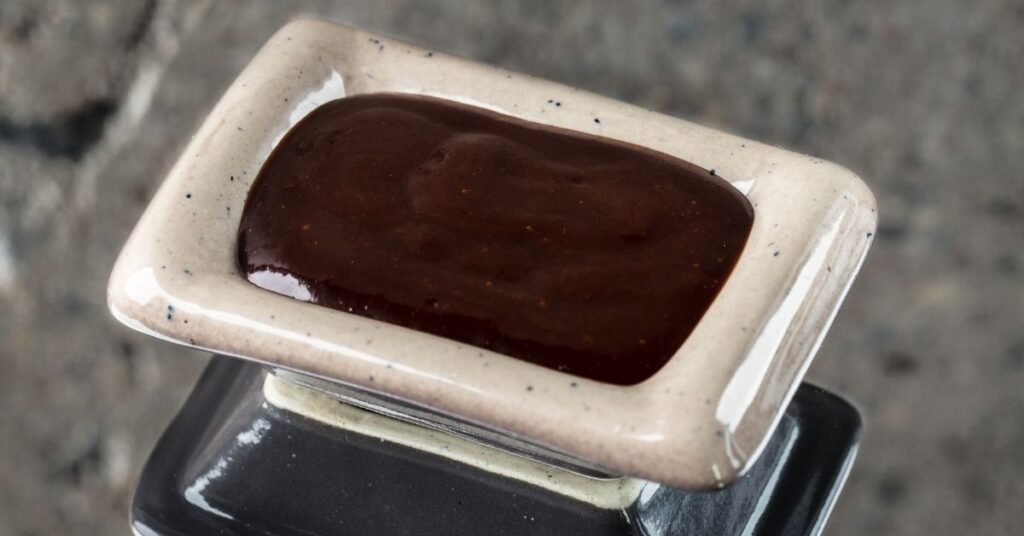
Let’s look at some hoisin sauce brands that may be suitable for vegans.
Lee Kum Kee Hoisin Sauce
Sugar (water, salt, soybean, wheat flour ), spices extract, colors (caramel and Red #40); modified corn starch, sesame seeds paste, dried garlic, salt (salted chili pepper ), and Acetic acid.
Whole Foods Hoisin Sauce
Filtered water, organic cane sugar, organic soy sauce (water and organic soybeans salt, salt, oil, alcohol), organic cider vinegar (water, salt, oxygen), organic wine vinegar, or organic miso (organic koji, sea salt, koji spores [aspergillus eryzae]), organic molasses (water, orange juice concentrate), organic ginger puree, organic expeller-pressed sesame seeds oil, organic ginger powder, organic brown color, garlic, tamarind, natural, and xantham gum
Kikkoman Hoisin Sauce
Sugar water, plum purée, naturally brewed soybean sauce (water and wheat, soy, and salt), vinegar, caramel color, modified Corn Starch, fermented Wheat protein, salt, spices, xanthan, citric acid, natural flavors.
Wok Mei Hoisin Sauce
Miso (water and soybeans, rice, salt), filtered waters, dried cane syrup.
Gluten-free soy sauce (water and soybeans), natural color, spices.
Salt, onion powder.
Only the Lee Kum Kee hoisin Sauce contains controversial artificial colors (red #40), so it is the one that strict vegans should stay clear of.
Caramel can also be used as an additional color.
However, it is usually made from corn, suitable for vegans.
Caramel color is almost always vegan.
However, it’s not a 100% certain thing, as we’ve said.
Contact customer service if you are really worried.
It all depends on your preference for artificial colors.
They are rarely used in authentic and natural recipes.
Only a very small number of caramel colors are made with white sugar.
Only a tiny percentage is processed using bone char (cattle bones) for the final product.
If your hoisin sauce has organic caramel color (like the one sold at Whole Foods), it usually means that it is vegan.
Vegan-Friendly Hoisin Sauce Recipe
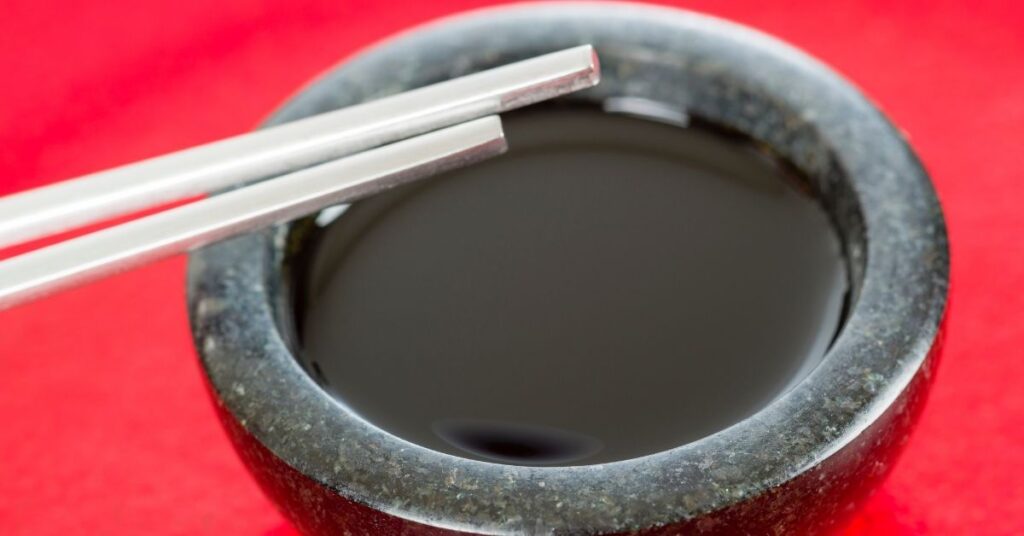
Ingredients
1 cup Raisins, or Dates
1-1/4 cups Water
2 cloves of garlic
1 tbsp Sesame Oil (cold-pressed).
1/2 tsp crushed red pepper
1 tbsp Barley miso
To taste, use a liquid sweetener
Instructions
- Miso has a texture similar to peanut butter.
- It is made from a fermented mixture of soybeans, rice, barley, salt, and koji (a mold).
- You can make miso smooth or gitty.
- It must be fermented for several weeks.
- Peanut butter can make the sauce if you have a soy allergy.
- Let the raisins or dates soak in water for at least an hour until they puff up.
- Mix the dates or raisins soaked in water for at least 30 minutes with the rest of the ingredients to create a smooth consistency.
- They can be blended in a blender, or you can whisk them together in a bowl.
- If you prefer it thicker or store it for longer, combine all the ingredients with cornstarch in a saucepan.
- Stir and bring it to a boil.
- Cook on low heat until it thickens.
It can be kept in a glass container with a lid and stored in the refrigerator for one week.
Another Tip For Homemade Vegan Hoisin Sauce Is

If you don’t want to use a spicy fermented bean paste, add hot sauce or Sriracha (check vegan status).
You could also add a pinch of red pepper flakes.
You can sweeten with liquid maple syrup (check vegan ), agave syrup, or brown rice syrup.
Cornstarch has been suggested for thickening.
However, you can replace it with tapioca flour/starch or potato starch.
To enhance the flavor, you can add gluten-free dark soya sauce (check vegan status) or a mixture of light and dark soy sauce.
Use tamari if you have a gluten allergy.
Coconut amino is a good soy alternative.
You can try tahini, a Chinese sesame paste made of toasted sesame seed paste if you have an allergy to peanuts and soy.
Last Words
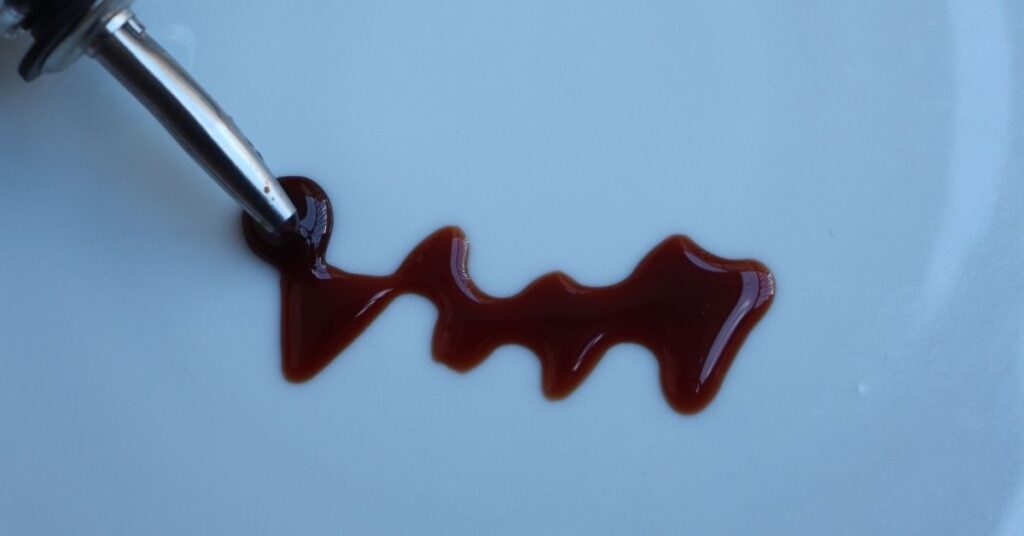
Most hoisin sauces don’t contain any animal ingredients, so they are vegan.
Some hoisin sauces may contain artificial colors that vegans should avoid due to their connection with animal testing.
Hoisin sauces often contain caramel color.
This may not be vegan as sugar may be processed with bone charcoal to make it.
But, 99 percent of caramel color is acceptable for vegans.



